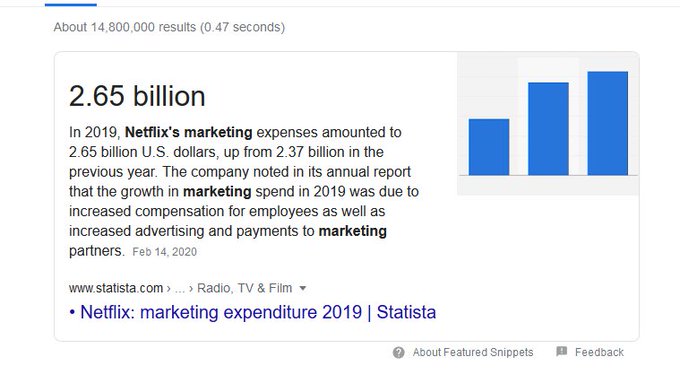Neuralink: Elon Musk unveils pig he claims has computer implant in brain
The tech entrepreneur Elon Musk on Friday showed off a pig whose brain he says has been implanted with a small computer.
“We have a healthy and happy pig, initially shy but obviously high energy and, you know, kind of loving life, and she’s had the implant for two months,” Musk said of Gertrude, the pig.
The billionaire entrepreneur, whose other companies include Tesla and SpaceX, presented during a live-stream event to recruit employees for his neuroscience startup Neuralink. He described Gertrude’s coin-sized implant as “a Fitbit in your skull with tiny wires”.
...
Musk did not present any scientific data to support his claims about the pigs or the devices.
I talked about this three years ago though I didn't realize how far this would go. Check out number 7.
Tuesday, July 25, 2017
A few points to keep in mind when reading any upcoming story about Elon Musk
First, a quick update from the good people at Gizmodo, specifically Ryan Felton:Elon Musk awoke on Thursday with the intention of sending Twitter into a frenzy by declaring that he received “verbal govt approval” to build a Hyperloop in the densest part of the United States, between New York City, Philadelphia, Baltimore, and Washington D.C. This is dumb, it’s not how things work, and requires, uh, actual government approval.
Felton goes on to contact the government agencies that would absolutely have to sign on to such a project. Where he was able to get comments, they generally boiled down to "this is the first we're hearing of it." The closest he came to an exception was the federal Department of Transportation, which replied
We have had promising conversations to date, are committed to transformative infrastructure projects, and believe our greatest solutions have often come from the ingenuity and drive of the private sector.
This is a good time to reiterate a few basic points to keep in mind when covering Elon Musk:
1. Other than the ability to make a large sum of money through some good investments, Elon Musk has demonstrated exceptional talent in three (and only three) areas: raising capital for enterprises; creating effective, fast-moving, true-believer corporate cultures; generating hype.
2. Though SpaceX appears to be doing all right, Musk does not overall have a good track record running profitable businesses. Furthermore, his companies (and this will come as a big slap in the face of conventional wisdom) have never been associated with big radical technological advances. SpaceX is doing impressive work, but it is fundamentally conventional impressive work. Before the company was founded, had you spoken with people in the aerospace community and asked them "what is closest to being Mars ready, who has it, and who are the top people in the field?", the answers would have been the type of engine SpaceX currently uses, TRW (which sued SpaceX for stealing their intellectual property), and the chief rocket scientist SpaceX lured away from TRW. By the same token, Tesla is pretty much doing what all of the other major players in the auto industry are doing in terms of technology.
3. From the beginning, Musk has always had a tendency to exaggerate and overpromise. Smart, skeptical journalist like Michael Hiltzik and the reporters at the Gawker remnants have taken any claim from Elon Musk with a grain or two (or 20) of salt.
4. That said, in recent years things have gotten much, much worse. Musk has gone from overselling feasible technology and possibly viable business plans to pitching proposals that are incredibly unlikely then supporting them with absurdly unrealistic estimates and sometimes mere handwaving.
5. The downward spiral here seems to have started with the Hyperloop. This also seems to be the point where Musk started trying to do his own engineering rather than simply taking credit for the work of those under him. On a related note, it is becoming increasingly obvious that Elon Musk has no talent for engineering.
6. Musk’s increasingly incredible claims have started to strain the credulity of most of the mainstream press, but the consequences have been too inconsistent and too slow-coming to have had much of a restraining influence on him. Even with this latest story, you can find news accounts breathlessly announcing that supersonic travel between New York and DC is just around the corner.
7. Finally, it is essential to remember that maintaining this “real-life Tony Stark” persona is tremendously valuable to Musk. In addition to the ego gratification (and we have every reason to believe that Musk has a huge ego), this persona is worth hundreds of millions of dollars to Musk. More than any other factor, Musk’s mystique and his ability to generate hype have pumped the valuation of Tesla to its current stratospheric levels. Bloomberg put his total compensation from Tesla at just under $100 million a year. When Musk gets tons of coverage for claiming he's about to develop telepathy chips for your brain or build a giant subterranean slot car race track under Los Angeles, he keeps that mystique going. Eventually groundless proposals and questionable-to-false boasts will wear away at his reputation, but unless the vast majority of journalists become less credulous and more professional in the very near future, that damage won’t come soon enough to prevent Musk from earning another billion dollars or so from the hype.



